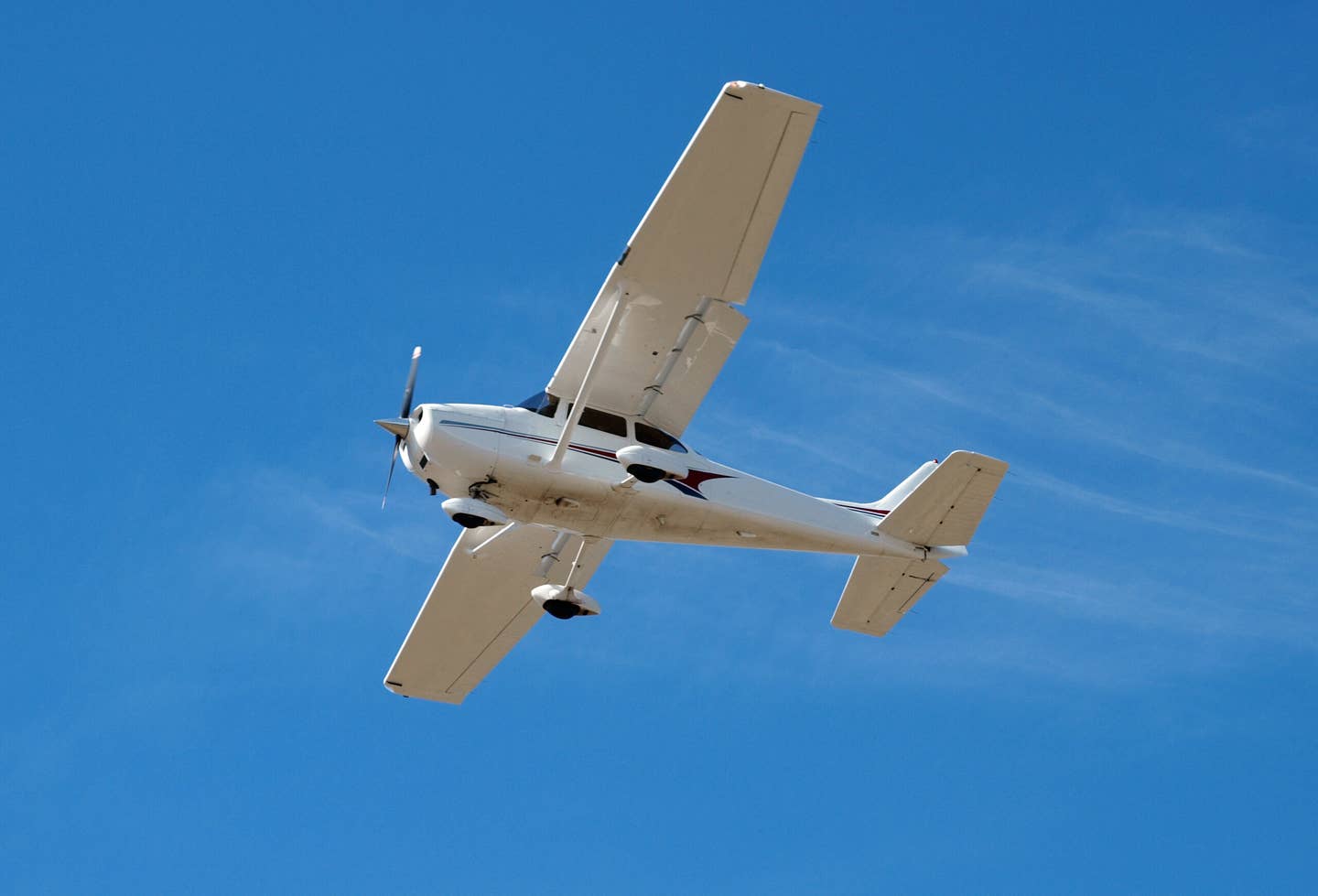Big Brother Goes Flying
While the technology offers options for airports, some pilots report being billed for landings they did not do.

Airport landing fees are acceptable but overflight charges are not. [Shutterstock]
“Where do we pay?”
If you have been to a private airport, you have probably asked that question. There is often a mailbox in a kiosk, or the pilot is directed to the airport manager’s office. No one is making you pay, as aviation often relies on the honor system.
How much you pay is often predicated on length of stay. If you are a transient, you may be asked to pay $10 (or more) to park overnight at an airport. This is particularly true at privately owned airports.
Look for the notation “Prior Permission Required” in the Chart Supplement or on the airport webpage, or the phrase "land at your own risk," which often notes the runway is narrow, short (i.e., 1,800 feet by 37 feet), or in rough shape with alligatoring or disintegrating pavement.
Notices of the landing and parking fees are often advertised on the airport website and in the chart supplement. There is often a mailbox for you to put the cash in or a QR Code to use for digital payment. If the pilot has complied with FAR 91.103, which requires them to "become familiar with all available information concerning that flight," they should know about these fees, and in theory, be prepared to pay.
But not all do. Some airport owners are turning to technology to catch the pilots using the airport without paying. One of these is Robert DeLaurentis, the owner of DeLaurentis Airport (KOKH), approximately 50 miles northwest of Seattle. DeLaurentis heard about an automated billing system, known as Vector PlanePass, being used at the airport (KTRK) in Truckee, California, with good results. So he contracted with the company.
According to the DeLaurentis Airport website, as of November 1, the facility transitioned to using PlanePass for all landing and aircraft parking fees. PlanePass is described as an aircraft billing solution from Vector Airport Systems for billing and accounts receivable management.
DeLaurentis tried the honor system of a mailbox or asking the pilots to drop a payment with the airport manager, but many refused.
"It's a definite air of entitlement," he said. "These pilots fly $100,000 airplanes and spend $100 for a hamburger but won't pay $20 to support the airport they are using.”
DeLaurentis noted he’s spent the past five months refurbishing hangars and installing LED lights, motion detectors, and security cameras as well as repainting buildings, and it is discouraging when "random airplanes come in and spin around, prop washing the building that we've just painted, and refuse to pay for landing or parking. This is a privately owned airport. It's like [someone] coming over to your house and disrespecting your yard and furniture."
The landing fees are $20 for aircraft up to 3,600 pounds, $25 for between 3,601 to 8,399 pounds, and $30 for 8,400 pounds and over, plus $10 to $20 for parking.
The airport's primary source of support is hangar rental. There are 15 hangars total renting for $500 and up—the going rate in the region. The airport does not have fuel available at this time.
Growing Pains
There have been some mistakes. In the first week of January, pilot Nick Carb was flying a friend's Van’s RV6 over the sound near DeLaurentis Airport, which is located under the outer shelf of the Class C airspace belonging to Whidbey Island Naval Air Station (KNUW). The floor of the outer shelf is at 1,300 feet.
He told FLYING he was surprised to receive a $20 bill from Vector Airport Systems for landing at KOKH, as he did not land there. He suggested it was likely a technical glitch when he clipped a geofence.
Will Repole, chief operating officer of Vector Airport Systems, agrees with this assessment, telling FLYING that the technology is supposed to capture the ADS-B information from landing aircraft, and through a series of data sources, the owner of the aircraft is identified and a bill sent. Repole noted KOKH is a new installation, and the erroneous bills may have been caused by a technical error as the geofencing and altitude of equipment may need to be adjusted. Aircraft overflying the airport shouldn't be getting billed, he said, adding that the company will issue a refund if appropriate.
When DeLaurentis learned about the erroneous billing from a third-party post on Facebook he reached out to the pilot community, encouraging pilots erroneously billed to reach out to Vector directly.
"I have encouraged Vector to reach out on this post and get a conversation going with everyone," he wrote. "I have also asked to have a conversation with their technical people to discuss exclusion zones around the airport."
There were pilots who took to social media to protest the landing fees, stating they wouldn't be visiting this airport or suggesting the fees are illegal. Local Aircraft Owner and Pilots Association (AOPA) representative Brad Schuster said landing fees are acceptable as one way for an airport to generate revenue per FAA Rates and Charges policy.
Schuster noted that if a pilot is charged for overflight only, that is not authorized, and if the landing fee service provider is uncooperative in resolving the dispute, they should follow up with airport management. If that doesn't yield results, the association advises pilots to reach out to their AOPA regional manager.

Sign-up for newsletters & special offers!
Get the latest FLYING stories & special offers delivered directly to your inbox






